
When working conditions in a warehouse are risky or a toxic spill is particularly hazardous for cleanup crews, a robot designed to perform those risky tasks could keep people safe and work schedules on track. But the technology development for specialized robotics can be time-consuming and cost-prohibitive, so many ideas never make it off the page. In space, though, robotics are often a necessity, and some of that technology makes its way into hazardous environments on Earth.
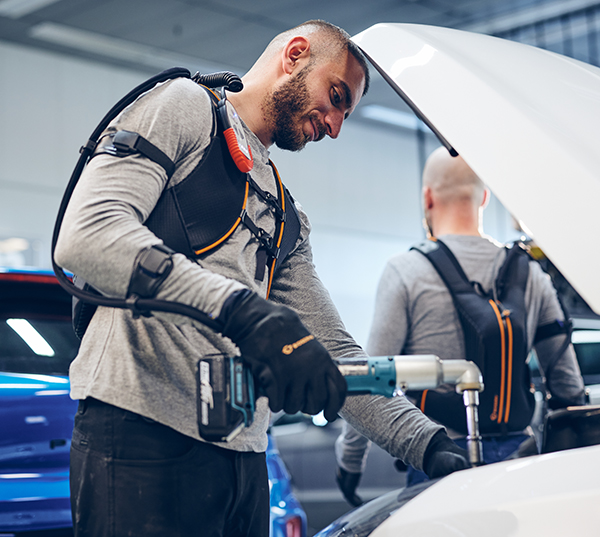
Whether building a humanoid robot like Robonaut or sophisticated Mars rovers, NASA technologists end up making some of their expertise and advancements available to entrepreneurs and businesses. The mission of NASA’s Technology Transfer program is to support new commercial products and services, and the program has helped companies get NASA robotic technology into warehouses and manufacturing facilities, and toxic cleanup sites.
Here are a few examples of NASA robotic spinoff success stories.
Lending a Hand with Tech Muscle
To relieve astronauts from some tasks aboard the International Space Station, NASA and General Motors joined forces to build Robonaut 2. Getting the hand right was a complex undertaking. Duplicating the fine motor and sensory coordination, delicacy, and strength of the human hand is a high standard for robotics engineers to meet. The robotic hand they built proved so successful that it was turned into a robotic glove by Bioservo Technologies AB to help workers in numerous trades. The Ironhand glove incorporates NASA patented technology to add force to the user’s grip with artificial tendons and pressure sensors on the palm and in the fingers. This reduces strain on the user’s own tendons and muscles, decreasing the risk of injury from repetitive, grip-intensive tasks.
Using Spidey Senses
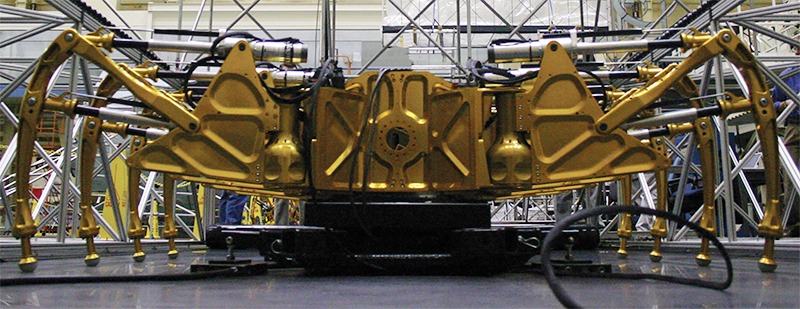
Warehouse workers are also at risk of injury when moving heavy objects from trucks to shelving to shipping areas through an obstacle course of people, equipment, and barriers s. NASA had a much harder problem: it isn’t practical for astronauts to assemble a solar array on the moon. Unloading large equipment and moving it over hazardous terrain before the complex task of construction won’t be safe in bulky spacesuits. But robots could do it all without human direction. The multi-armed Spidernaut was designed to do just that. Vecna Robotics staff worked with NASA on the original project, then used that expertise to create smart robots that can drive warehouse carts and other equipment autonomously, leaving people to only do the loading and unloading.
Swimming with the Fishes
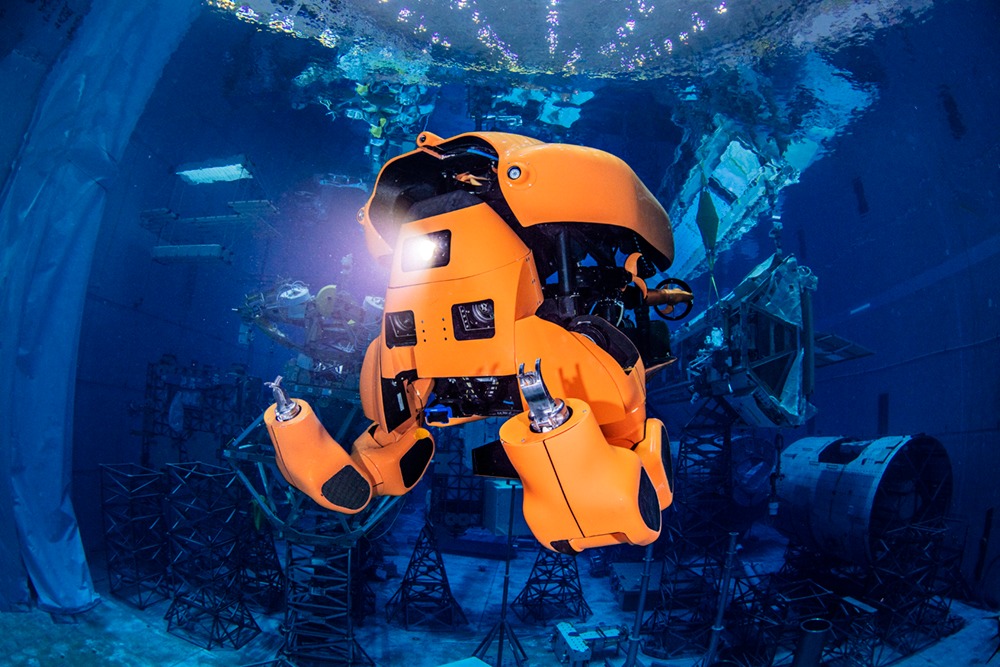
Among the most challenging environments on Earth are the world’s oceans — above and below the surface. Using expertise amassed while building robotic technology for NASA, staff at Nauticus Robotics built Aquanaut, the underwater robot that can handle offshore tasks without the help of a crew. Whether a robot is working in space or on the ocean floor, the biggest commonality is that the operator is far away, with limited communication and knowledge of the robot’s surroundings. Overcoming that challenge requires a combination of vision systems, force sensors, and infrared sensors to gather information while image-recognition software, control algorithms, and ultra-high-speed joint controllers process and act on that data. That technology lets the two-armed Aquanaut complete tasks autonomously for underwater aquaculture farms, port management, or offshore oil and gas production.
Fighting Fire with a Little Bounce
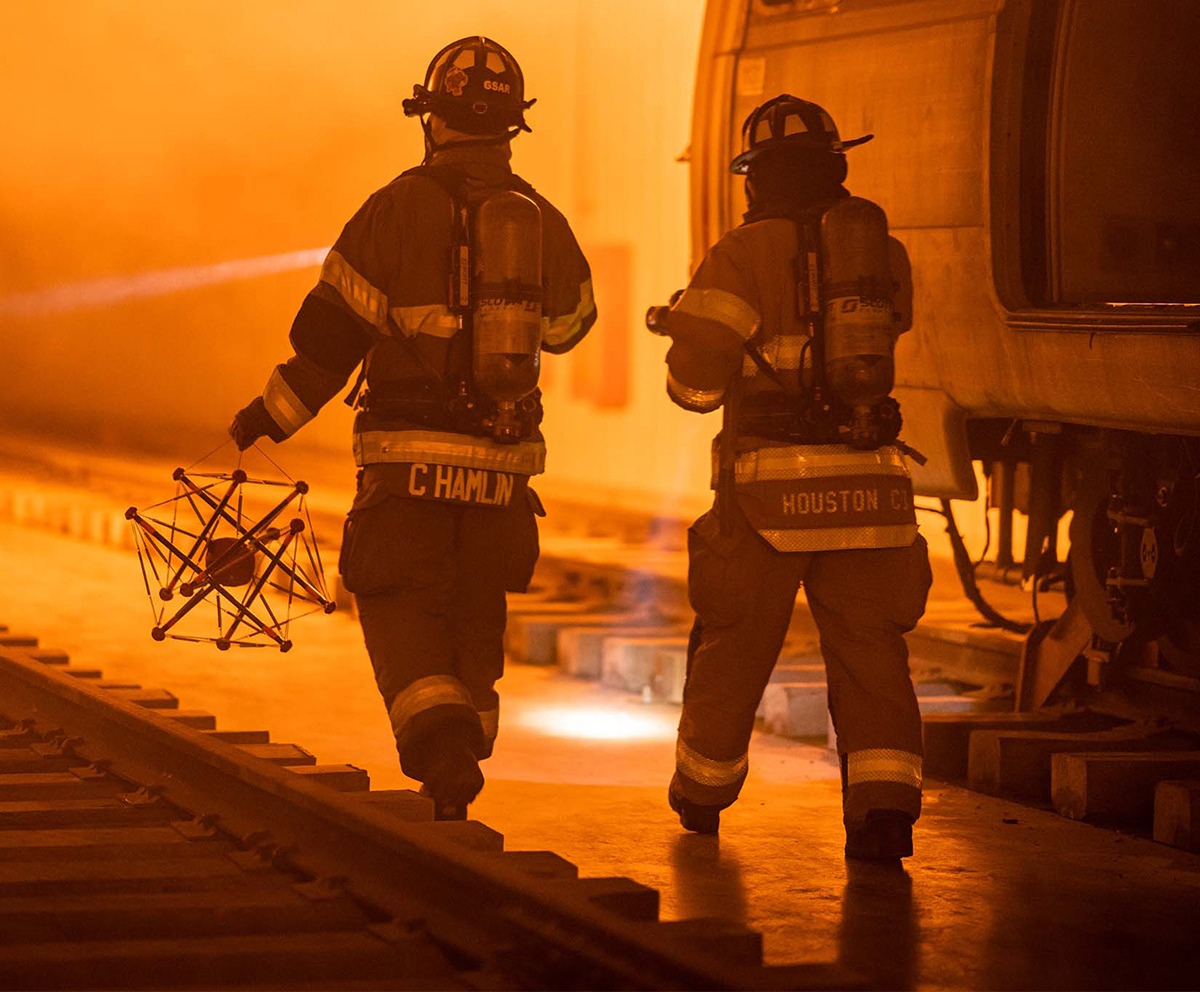
NASA needs accurate planetary data, or ground truth, to supplement what satellites can glean from a distance. Robotic rovers are on the job, but they have a limited range. For a new option, NASA funded research into spherical, skeletal robots that could be dropped onto a planet to collect information. The robots, with sensors embedded, would survive such a drop, bounce, and roll to a stop, though the agency funded work on mobility that would let them roll around. A stationary version now offers firefighters a new tool to assess hazardous situations. Squishy Robotics developed a static tensegrity sensor robot that can be “squished” down for easy packing and shipping. First responders use it to determine the best approach to disaster scenes.
Searching in Different Directions
Traversing the surface of Mars looks easy when a rover sends back images of the planet, but decades of NASA research and development went on behind the scenes to make that possible. Going back to the Sojourner rover's exploration of Mars in 1997, NASA technologists have created rugged, multifunctional robotic technologies. Some of that is incorporated into several lightweight robots created by Teledyne FLIR. Autonomous stairclimbing, onboard sensors, and vision algorithms to sense objects and choose a direction are just some of the features NASA contributed. Both autonomous and controlled robots are providing electronic eyes and ears in search and rescue efforts after earthquakes and chemical spills as well as supporting military needs.
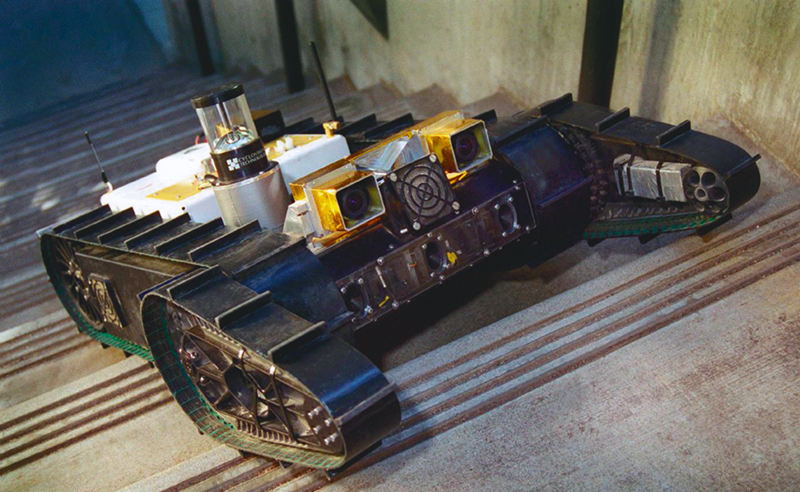
All these robotic technologies started with a contribution from NASA and an idea about how it might make life on Earth a little better. Inspire your imagination and develop a new robot by looking through the NASA Technology Portfolio to build in proven sensors, inspection systems, or robotic grippers. When you find what you need, contact the Technology Transfer Office to learn more: Agency-Patent-Licensing@mail.nasa.gov




